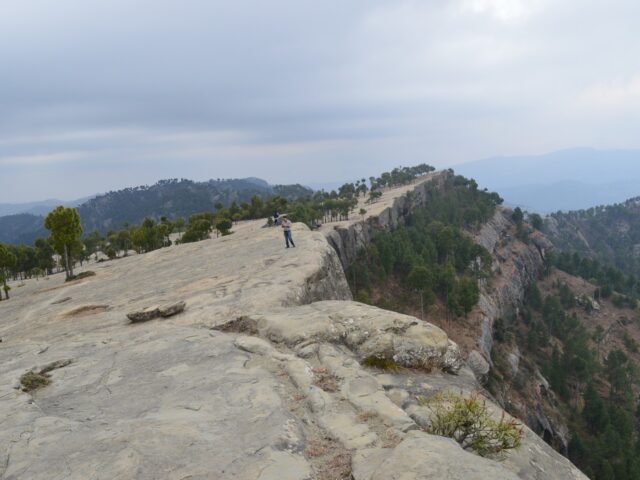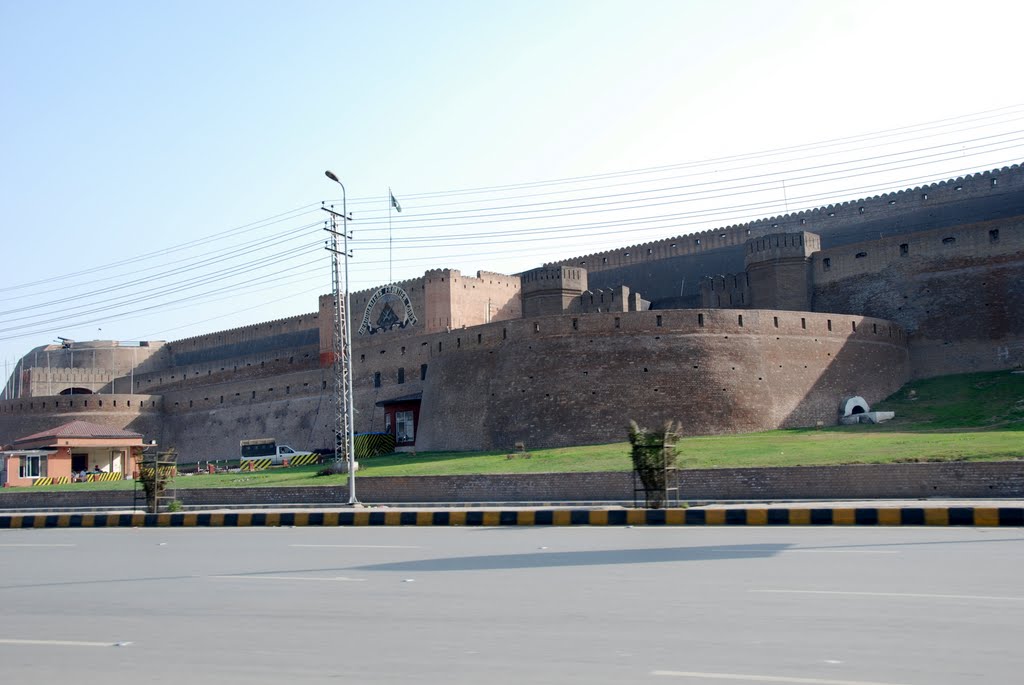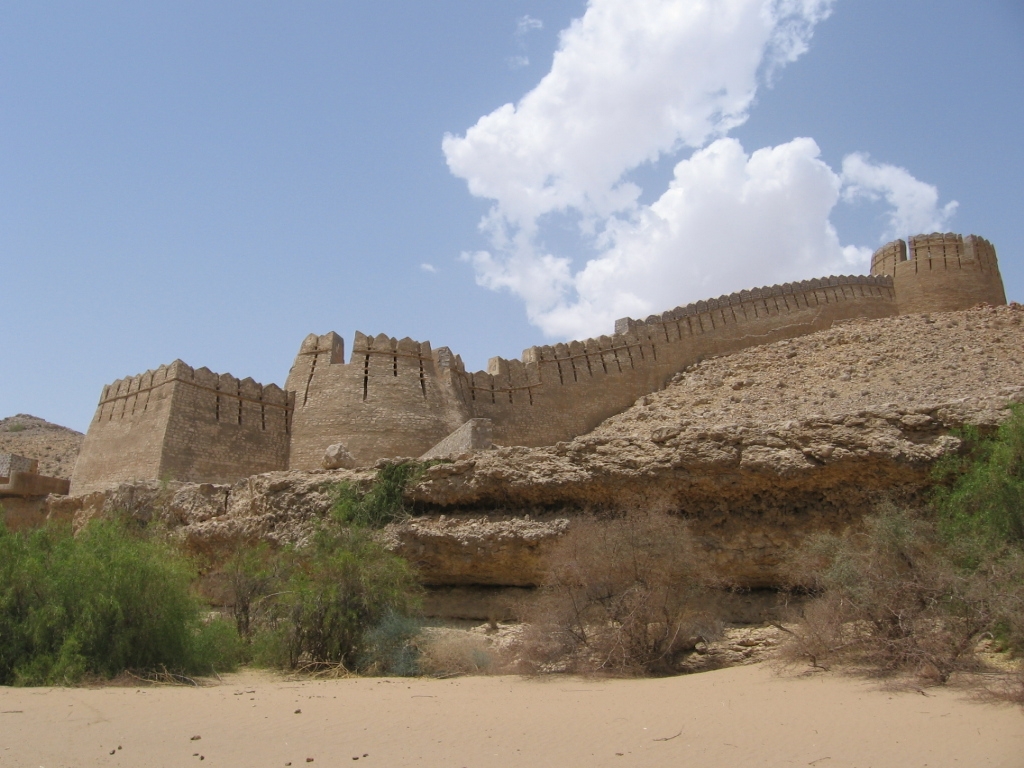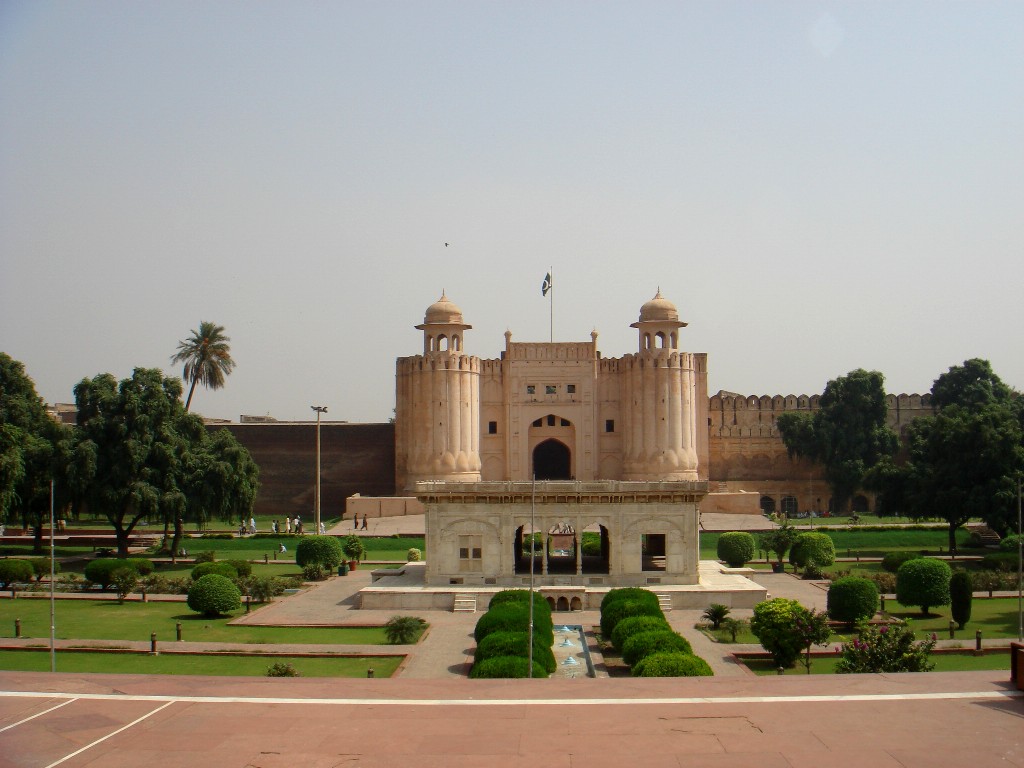Category: Locations
Shingardar Stupa
Shingardar Stupa lies in city Swat of Pakistan. It is located in village Shingardar (a village between Ghalegay and Barikot), it is about three kilometres from Barikot. You will get a glance of a magnificent Buddhist Stupa on the right side. Just about one and a half km away from this stupa, one can see large figures of Buddha carved on the rock. …
Qila Bala Hissar
Qila Bala Hissar is one of the most historic places of Peshawar, Khyber Pakhtunkhwa, Pakistan. The word Bala Hissar is from Dari Persian, meaning, “elevated or high fort”. The name was given by the Pashtun King Timur Shah Durrani (1773–1793), who used the fort as the winter capital of the Afghan Durrani Empire, with the summer capital being in Kabul. The Sikh empire who conquered Peshawar in the early 19th century named it Samir Garh in 1834 but the name did not become popular. …
Ranikot Fort
Ranikot Fort also called The Great Wall of Sindh or Dewar-e-Sindh is a historical fort near Sann, Jamshoro District, Sindh, Pakistan. It is located at the Latitude of 25°53′47″ North and Longitude of 67°54′9″ East. It is located in the Kirthar Range about 30 km southwest of Sann, in Jamshoro District. It is approximately 90 km north of Hyderabad. It is also recognized as Dewar-e-Sindh is the world’s largest fort with a perimeter of about 26 km or 16 miles. It has an approximate diameter of 6 km. …
Hanna Lake
Hanna Lake is a lake near Quetta city in Balochistan Province, in southwestern Pakistan. It is located at the Latitude of 30°15′ North and Longitude of 67°06′ East. The lake is located a little short of the place where the Urak Valley begins and 14 km from Quetta. The reservoir was constructed during the British Colonial era in 1894, and is one of the main attractions in the city. …
Shahi Qila
Shahi Qila is located in the city of Lahore, Punjab,Pakistan. It is also known as Lahore Fort. It is located in the northwestern corner of the Walled City of Lahore in Iqbal Park which is one of the largest urban parks in Pakistan. The trapezoidal composition is spread over 20 hectares. The existing base structure was built during the reign of Mughal Emperor Akbar between 1556–1605 and was regularly upgraded by subsequent Mughal, Sikh and Britishrulers. …








